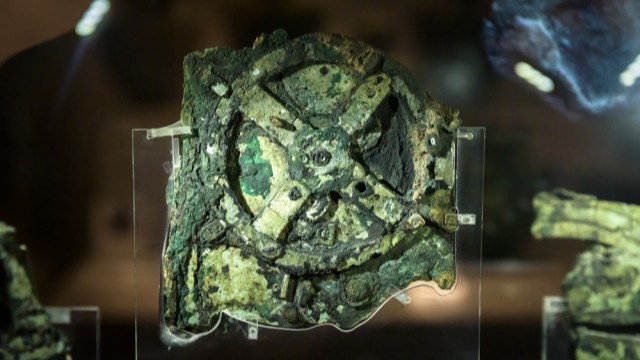Astronomers at the University of Glasgow used a variety of methods to test the mechanism's relationship with the Moon.
Professor Graham Vaughan and Dr. Joseph Bailey determined the number of holes in the device parts using Bayesian statistics. It turns out that the most likely number is 354. This confirms that the mechanism can be used as a lunar calendar, since the lunar calendar has 354 days to the last days.
The study also confirmed the high precision and skill of the Greek craftsmen who created the unique device. Because creating such perfectly spaced holes requires the use of very precise techniques and an incredibly steady hand.













